If you ask five plant engineers what jib crane load capacity to buy, you’ll hear different numbers—but the best answers all follow the same logic. Capacity isn’t just a tonnage stamped on a nameplate; it’s a consequence of load weight at radius, duty cycle, building structure, and the realities of your process (rigging, clearances, environment, and human factors). This guide distills how engineers arrive at a confident capacity choice, the ranges most commonly specified for real-world applications, and quick checks to keep projects on time and within budget.
Table of Contents
ToggleCapacity fundamentals engineers never skip
1) Capacity is moment-limited, not just weight-limited.
A jib is a cantilever. As you move the hook out, bending moment rises; capacity falls. Engineers always verify capacity at the working radius—not just the headline tonnage.
2) Nameplate vs. design loads.
- Rated capacity (SWL/WLL): the safe working limit at a stated radius and configuration.
- Design load: rated capacity plus allowances for hoist/trolley weight and impact. As a rule of thumb in industrial practice:
- Add ≈15% for hoist + trolley mass
- Add ≈10–25% for dynamic/impact effects (higher for fast, repetitive picks)
3) Duty class matters as much as tons.
Two 2-ton jibs can behave very differently over a 24/7 schedule. Match hoist and rotation drives to the duty (starts/hour, run time/hour). High-duty processes need VFD controls, superior braking, and thermal headroom.
4) Structure drives feasibility.
Wall mounts push loads into columns and frames; freestanding models push loads into the foundation. The structure you have (or can practically build) heavily influences which jib crane load capacity is realistic on your site. See Which Jib Crane Load Capacity Suits Wall-Mounted Models? for the typical wall-mount envelope.
The quick engineer’s worksheet (5 steps, 5 minutes)
- List your heaviest routine load (kg/ton). Don’t design around once-a-year outliers.
- Add rigging + below-the-hook gear (spreaders, clamps, hooks, shackles).
- Apply an application margin for dynamics & variability: × 1.25 is a practical starting point for most workshops; more for harsh duty.
- Check at radius using the manufacturer’s curve. If most lifts happen near full outreach, you may need either the next capacity tier or a shorter boom.
- Confirm duty & controls. High frequency/heavy duty? Specify VFD hoist/trolley, soft starts/stops, creep speed, and appropriate thermal class.
Example
Load (stone slab bundle): 1.60 t
Rigging & clamp: 0.10 t
Working load: 1.70 t × 1.25 = 2.13 t ⇒ Select 2.5 t class and verify at 4.5 m radius.
Improve handling precision with a flat, rigid surface such as a fabrication table; for seam work in stone shops, a Battery Joint Setter reduces manual force and off-axis pulls.
Capacity bands engineers choose most often (and why)
0.5–1 t — Light assembly & service cells
- Where: workstation jibs, benchtop areas, packaging, light tool swaps.
- Why engineers choose it: minimal floor load, easiest install, ergonomic gains are outsized.
- Mounting: wall-mounted or small freestanding. For space-tight workstations, consider an articulated wall model like the Articulated Jib Crane – Wall Mounted.
1–2 t — Fabrication, machine tending, slab/plate handling
- Where: CNC load/unload, welding cells, small die/mold halves, stone shops.
- Why: handles typical rigged loads with 25% margin; easy on structure; widely available hoist packages.
2–3 t — Production maintenance, heavier fixtures, small castings
- Where: press tool changes, pump/motor exchanges, medium weldments.
- Why: sweet spot for general industry; still economical foundations/wall ties.
5 t — The multipurpose bay standard
- Where: structural steel bays, foundry finishing, ship components (secondary handling).
- Why: balances reach and stiffness; common spare parts; proven reliability in mixed-duty environments.
7.5–10 t — Heavy fabrication & large modules
- Where: die/mold shops, rolling stock, large plate weldments.
- Why: covers long-radius picks where moments dominate; almost always freestanding with engineered footings.
If you’re evaluating extreme conditions or 12.5–20 t workstations, cross-check the heavy-industry perspective in What Jib Crane Load Capacity Works for Heavy Industries (if the pasted link shows an error, ensure the “https://” prefix is correct).
For compact shops, compare trade-offs in Which Jib Crane Load Capacity Fits Small Workshops Best.
How mounting type reshapes your capacity choice
Wall-mounted (tie-rod or cantilever)
- Pros: zero floor footprint; excellent for line-side use.
- Cons: building must take bracket loads; practical capacity often ≤ 2–5 t depending on structure.
- Tip: Cantilever types maximize clearance above/below the boom—useful under low roofs.
Mast-style (top tie + floor fix)
- Pros: reduces foundation size vs. fully freestanding; 360° rotation possible.
- Cons: needs a robust upper tie-point; capacities typically ≤ 5 t.
Freestanding (base plate or sleeve-in foundation)
- Pros: best stiffness at long reach; clean 360° coverage; scales to 7.5–10 t+ in many plants.
- Cons: foundation cost and lead time; set early to avoid project delays.
Want a deeper dive on wall mounts and their realistic envelopes? Read Which Jib Crane Load Capacity Suits Wall-Mounted Models?.
Operational factors that quietly change capacity
Engineers also ask, “What reduces effective capacity in the real world?” The list is longer than you might think:
- Dynamic loading: fast lifts, sudden stops, load snags, and side pulls spike forces.
- Sling angles & rigging geometry: poor angles magnify line loads and hook side-loading.
- Environment: wind (outdoor), heat (foundries), corrosion (marine/chemical), dust.
- Deflection limits: excessive tip deflection slows hook positioning and invites side pulls.
- Clearances: low headroom or overhead obstructions may force boom changes, not just tonnage changes.
For a focused look at in-service derating and mitigation, see What Affects Jib Crane Load Capacity During Operation.
Selection checkpoints engineers use before ordering
Application & capacity
- Ensure the maximum application weight never exceeds the rated capacity.
- Confirm the supplier’s design criteria (deflection limits; inclusion of 15% hoist/trolley and 10–25% impact).
Height under boom (HUB)
- From floor to underside of boom. Account for hoist headroom and your required hook lift.
Overall height & attachments
- Don’t let power entry boxes, collector rings, or light/air kits collide with beams or lights during rotation.
Working span
- Distance the trolley can travel; verify useful hook travel from near-head to near-tip.
Rotation
- 180–200° (typical wall) vs. 360° (most freestanding). Add rotation stops/boom locks where needed.
Power
- Electric vs. air; bottom vs. top entry; VFD for hoist/trolley; typical powered rotation ≈ 0.5 rpm (specify if you need faster/slower).
Weatherization
- Outdoor? Specify coatings, IP ratings, heaters for controls, and wind operating limits.
Installation
- Foundation (freestanding) can rival the crane cost—plan early. Bracket loads (wall) may drive column reinforcement.
When your working area is tight or highly obstructed, an articulated wall model—Articulated Jib Crane – Wall Mounted—can deliver capacity where straight booms struggle.
Accessories that make capacity “feel” bigger (and safer)
- Below-the-hook clamps & spreaders: Stable load paths reduce shock and side load.
- Precision fixturing: A rigid fabrication table keeps CG predictable; a Battery Joint Setter reduces manual prying on stone seams.
- Creep speed & inching controls: More control means less impact, keeping you safely inside rated capacity.
- Rotation brakes/stops: Prevent overswing in tight aisles.
A simple decision tree engineers share with stakeholders
- Heaviest routine load + rigging → × 1.25 (or more for harsh duty)
- At what radius do most picks occur?
- Near tip → upsize capacity or shorten boom
- How often, how fast, how long?
- High duty → VFD drives, higher thermal class
- Where will the loads go structurally?
- Wall sound? Use bracket/cantilever; if not, freestanding with foundation
- Environment?
- Outdoor, hot, corrosive, dusty → coatings, derating, enclosures
- Ergonomics & obstacles?
- Consider articulating jib for obstacles/tight cells
- Budget & timeline
- Foundations and reinforcements have their own lead times—start early
Typical engineer-approved specs by scenario
- Machine-tending cell (CNC/press brake): 1–2 t, 3–5 m reach, wall-mount or mast-style, VFD hoist, pendant.
- Fabrication bay (mixed plate/weldments): 2–3 t or 5 t, 4–6 m reach, freestanding, VFD hoist/trolley, radio control, rotation stop kit.
- Heavy module station (dies/molds/rail parts): 7.5–10 t, 4–5 m reach, freestanding on engineered footing, high-duty hoist, creep speed, boom lock.
If you’re balancing capacity against footprint and budget across multiple departments, see how equipment choices shift in How Jib Crane Load Capacity Impacts Equipment Selection. Ready to browse configurations? Explore more crane products
Key takeaways for a confident spec
- Treat jib crane load capacity as a capacity-at-radius decision, not just a tonnage.
- Add realistic margins for rigging, dynamics, and process variability.
- Match duty class and drives to the true operating pattern.
- Let the building (or foundation budget) inform mounting type and practical capacity.
- Use accessories and good fixturing to control loads and protect your capacity buffer.
Follow the worksheet, validate at radius, and your final capacity pick will be the one engineers commonly choose: the smallest capacity that safely and reliably does the job—at the radius, frequency, and environment you actually have.

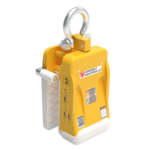
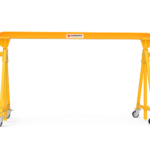
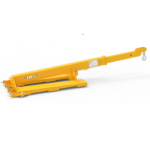
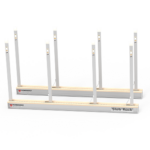
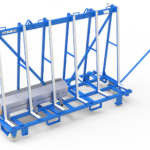

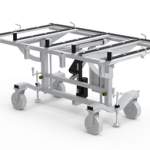
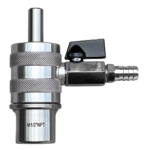
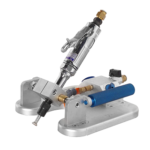
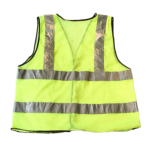

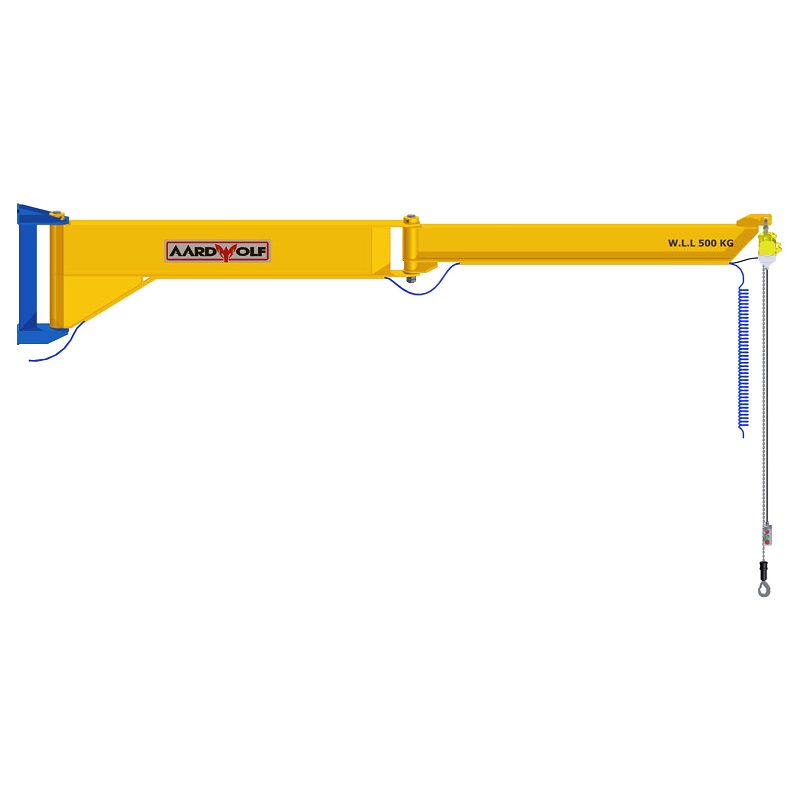
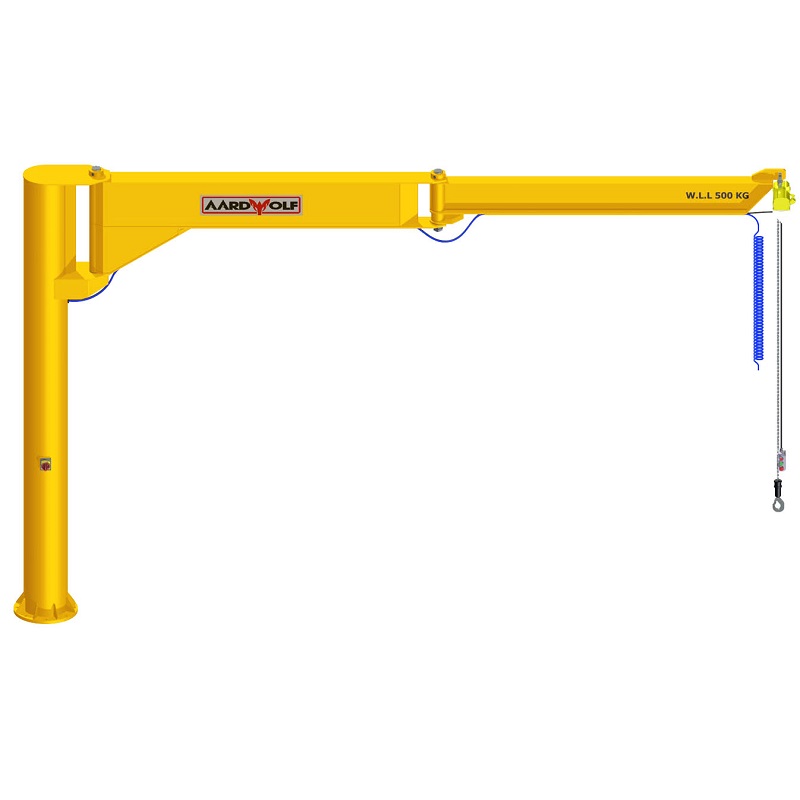
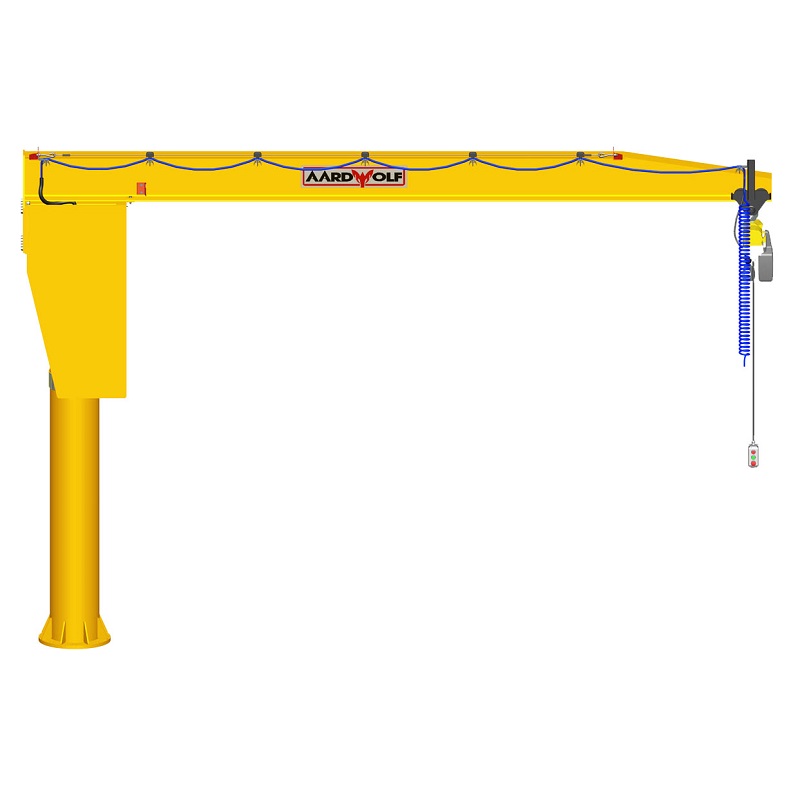



Please log in to leave a comment.